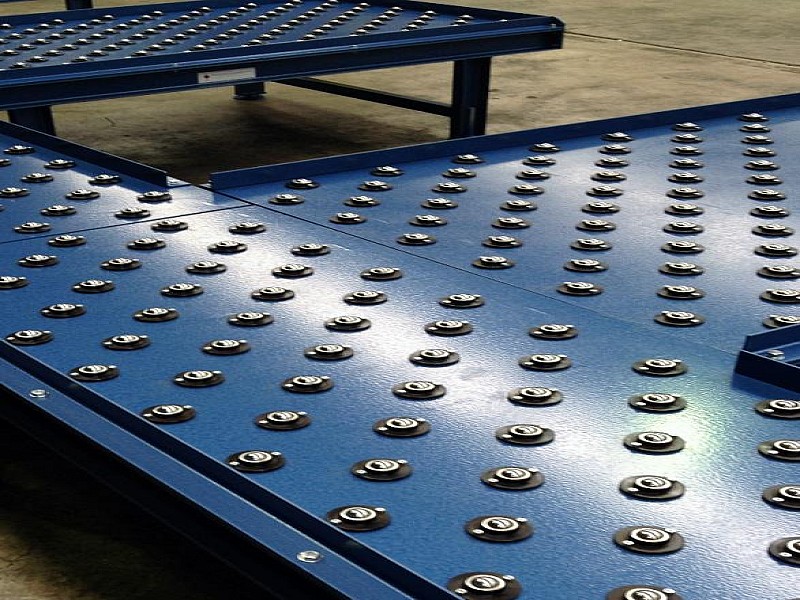The world population is increasing every year. Keeping up with consumer needs is getting difficult due to low production efficiency. Well, setting up a new factory might not be the solution for many companies. However, there is a solution that can help one increase the overall efficiency and productivity.
The manufacturing line can be revamped with the help of ball transfer units. This is an excellent solution to slow the manufacturing cycle as it updates the whole production cycle. With the help of ball transfer units, one can observe significant improvement with better material management.
What is a ball transfer unit?
To improve the old conveyer belt system, ball transfer units are used to move objects from one place to another. A ball transfer unit is a set of thousands of balls moving in the same direction to maximize the speed and potential of the work.
The ball transfer units are omnidirectional, which gives it the upper hand compared to the old conveyer belt. Earlier, when someone was required to change the direction, they moved the conveyer belt itself. This is completely revamped with the help of ball transfer units. Using high technology, one needs to change the rotation direction of the balls.
Suppose it’s a delivery company like BlueDart or Flipkart Supply Management; they need to make sure every product reaches the customer on time. Well, this is possible only if the warehouse keeps up with the pace. The small trackballs make it super easy for the company to move the packages in all directions without any friction.
Benefits of Ball Transfer Units
The ball transfer units have gained a lot of popularity in recent times. It is because of their efficiency to move objects from one place to another in a seamless manner. To meet the demand, it was heavily required for the manufacturing companies to come with something to pace up their production line.
Ball transfer units are a perfect solution for the same. Whether it comes to the unit’s installation or maintenance, it all comes in at a cheap rate. It is made out of aluminum, which increases its life span compared to the conveyor belts.
The ball transfer units come in different spaces and forms, which will fit your requirements. Whether it be for a conveyor belt in a manufacturing company or baggage claim in an airport, the ball transfer units can take care of all the activities.
Depending on the weight it has to carry, the ball transfer units can be divided into three categories –
- Heavy Duty
- Medium Duty
- Light Duty
It comes in the form of rail to make the fittings easier.
Uses of Ball Transfer Units
The ball transfer units can be put to a significant number of uses. It depends on the type of work you want to be done. Being an advanced tool, it can be fit to any activity and provide excelling results. Some of the most common use of ball transfer units are –
- Conveyors Belts
- Luggage roller for airports
- Any hydraulic press machine
- Windows and Doors
- Metal machinery
- Automobile industry
Depending on the job, the balls can be made out of carbon steel, nylon, or stainless steel to enhance the product’s life span. The mechanics of the ball transfer unit is similar to that of a 90’s computer mouse. The ball looks identical to the one who helped us deal with our mouse.
Usually, it is used in an inverted ball down position, which helps move the luggage or any other item from one place to another. No doubt, the best use of this tool is as a conveyor belt. But it can be used in a non-inverted ball down position as well, giving it the upper hand compared to other tools.
However, the non-inverted position is highly restricted by the load-bearing and the type of floor put to use. The old way of using conveyor belts have come to an end now. It is a cheap and effective solution compared to the rotatory motors put to use commonly.
Conclusion
It is a great opportunity for everyone who are looking to enhance their productivity level and the flow of the manufacturing facility. The best part of the tool is that it can be used in a warehouse, shipping facility, or anywhere else. It is the user who has to put the tool in use.
There are different kinds of ball transfer units. One can pick up from the lot depending on his needs.



